Volunteer Spotlight
Meet Two Amazing Volunteers
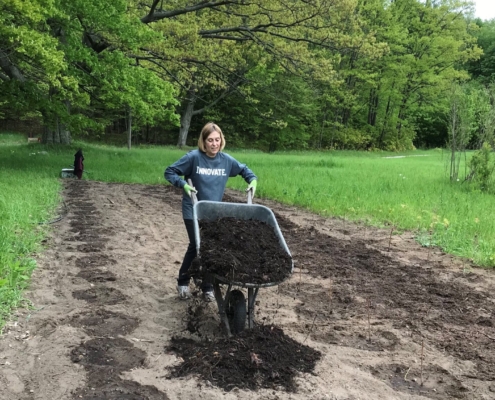
JEAN JENKINS,
Port Oneida, MI
Jean grew up on a southern Wisconsin farm which led to her appreciation of rural America. Jean and her husband Scott live in the Port Oneida Rural Historic District, taking wonderful care of their historic home and the beautiful gardens in their yard. Since their move here in 2010, Jean began volunteering with Preserve.
She was one of our first narrators for Horse and Wagon Tours providing visitors with wonderful historical information. Jean and her husband volunteer for the Port Oneida Fair, and Maple Sugar Days as Greeters. She also has been a hands-on regular at the registration table for our Port Oneida Run.
Jean has been a dedicated member of our Board of Directors since 2016, always bringing a smile, cheerful disposition, and passion for the historic properties and a particular interest in animals and landscapes. She received her Master Gardener certificate and has served as our Lead Gardener for many years at the Olsen Farm/Port Oneida Heritage Center, logging countless hours alongside others, to first restore the gardens, and then prepare, plant, and weed throughout the summer. Giving of her talents and time on our raspberry, vegetable and flower gardens, Jean is a treasure. We are so honored and grateful for all she has done at Preserve Historic Sleeping Bear.
In her previous occupations, Jean had careers as a Film Production Manager in New York City and a radio correspondent for Monitor Radio based in Washington DC, Boston and New York and more recently worked for Cherry Republic for many years.
Whether you are a Master Gardener or not, come out and help Jean and others keep the landscape beautiful which is enjoyed by visitors and artists.
Complete the Volunteer Application here.
DAVE CARD, Haslett and Glen Arbor, MI

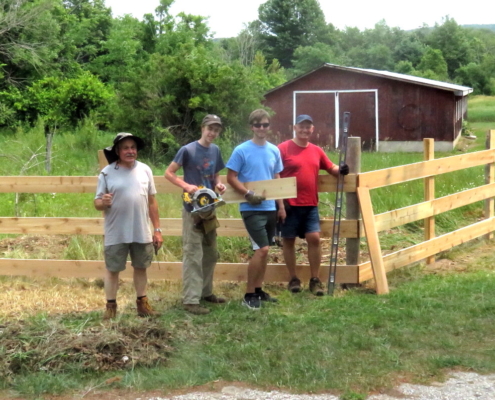
Dave Card has been involved in a number of preservation projects with Preserve Historic Sleeping Bear since 2013. Twice a year he brings up a youth group that he mentors at the Christian Services Brigade in the Lansing area. To date, they have contributed a total of 700 volunteer hours. They have helped us restore the Boekeloo fence and hand rail; the Eitzen Farm fence; made bike racks for the Heritage Center, and were one of the first to clear non-native vegetation all over the park, including at the Treat Farm, Basch Farm and Miller Barn. They have done spring cleaning in our gardens, and the Olsen Barn, and helped build storage racks for lumber. At the historic Kraitz Cabin, they installed the flooring and a French drain.
Dave has also brought in his friends from Top-Notch Tree Care that donates their services each winter to remove and/or prune park trees. These are trees either endangering park structures or taking over aspects of the cultural landscape. This year the project included removing small trees at the Kropp Farm to prepare the site of this year’s park barn workshop. He and our Project Coordinator work alongside the tree professionals, helping carry and stack all of the wood removed, often in very cold weather. The amount of savings this work leverages for the park is substantial.
Dave served in the Navy for four years and then as a Civil Engineer in the Greater Lansing area. He loves boating, biking, gardening, and vacationing at his condo at The Homestead Resort in Glen Arbor that he has owned since 1992. Dave clearly values the historic aspect of Sleeping Bear Dunes and is always sharing Preserve Historic Sleeping Bear’s newsletters and our mission with others. He loves to bring people to the Port Oneida Heritage Center, and has been a long-time member of our organization.
When asked why he volunteers at Preserve Historic Sleeping Bear?
“Citizens have rights and responsibilities, and responsibility means you do something for your community – you serve your community. We can’t rely on the government to do everything. I connected with Preserve Historic Sleeping, given that their office and the Heritage Center are right down the road from the Homestead where my condo is. I’m always looking for ways we can help. Volunteering with PHSB provides the teens from the youth group with opportunities to learn new skills and introduces them to the park and the human history of the area.”
If you are interested in volunteering to help with a variety of projects, Complete the Volunteer Application here.


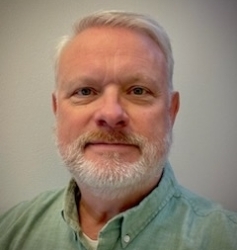
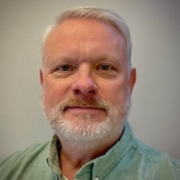
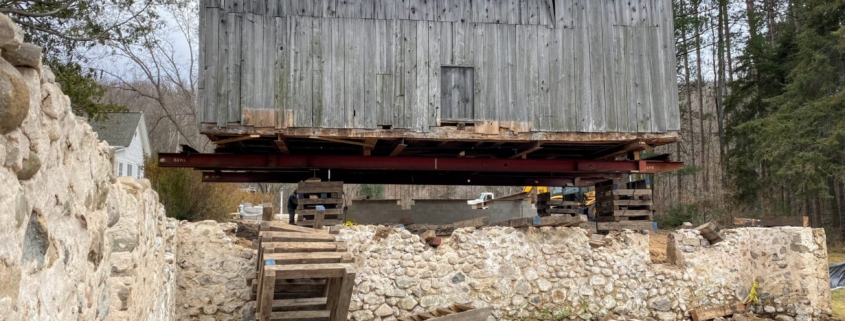

 Official Partner of the
Official Partner of the